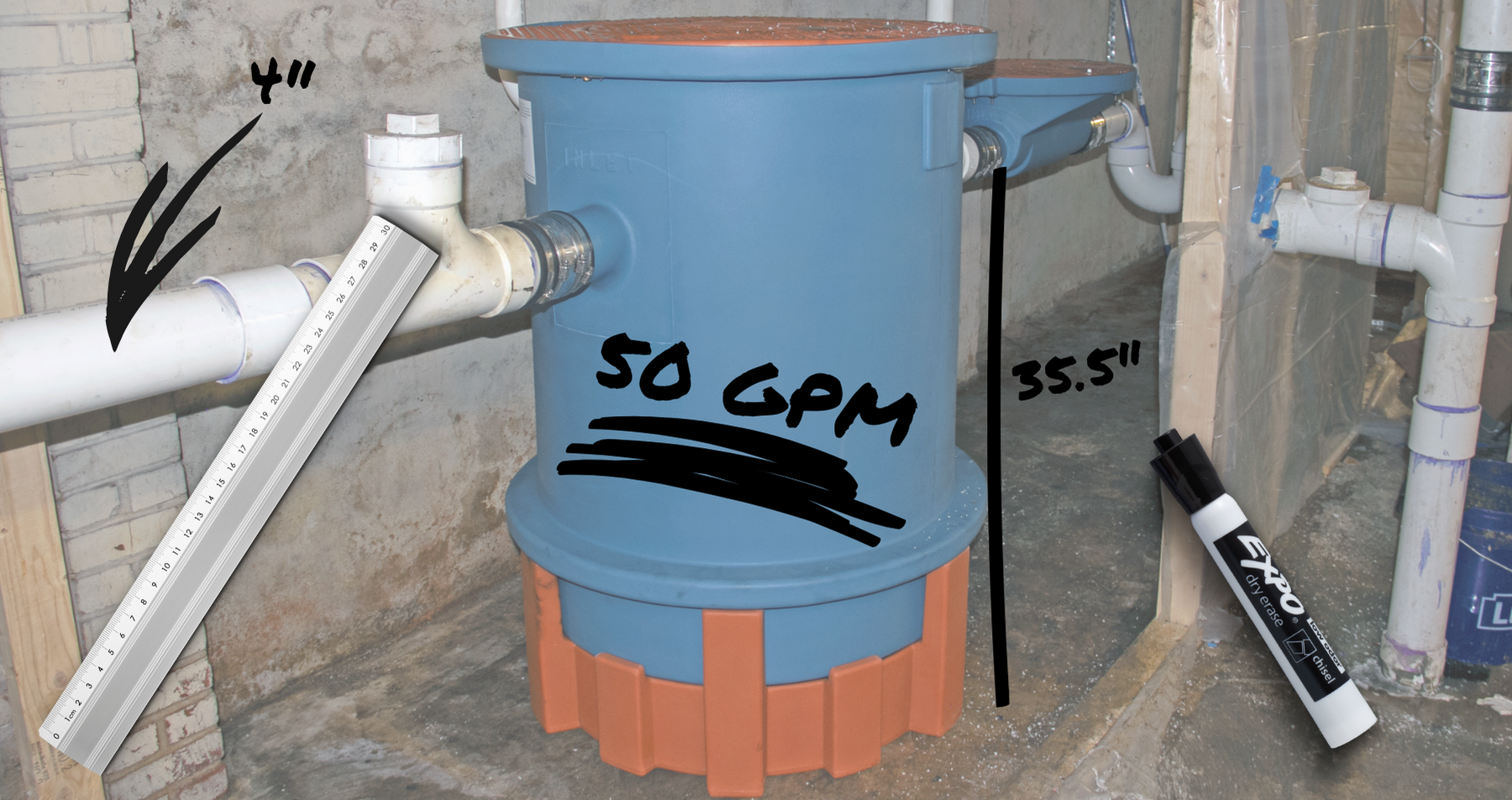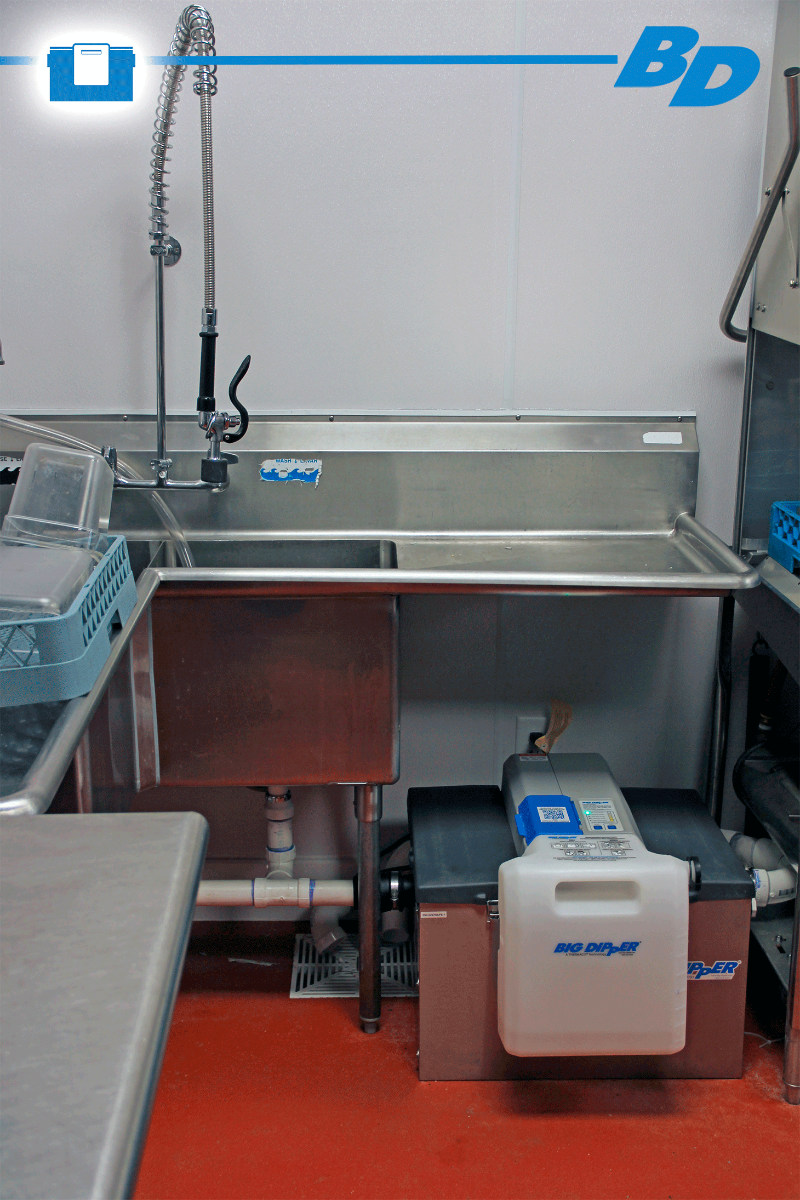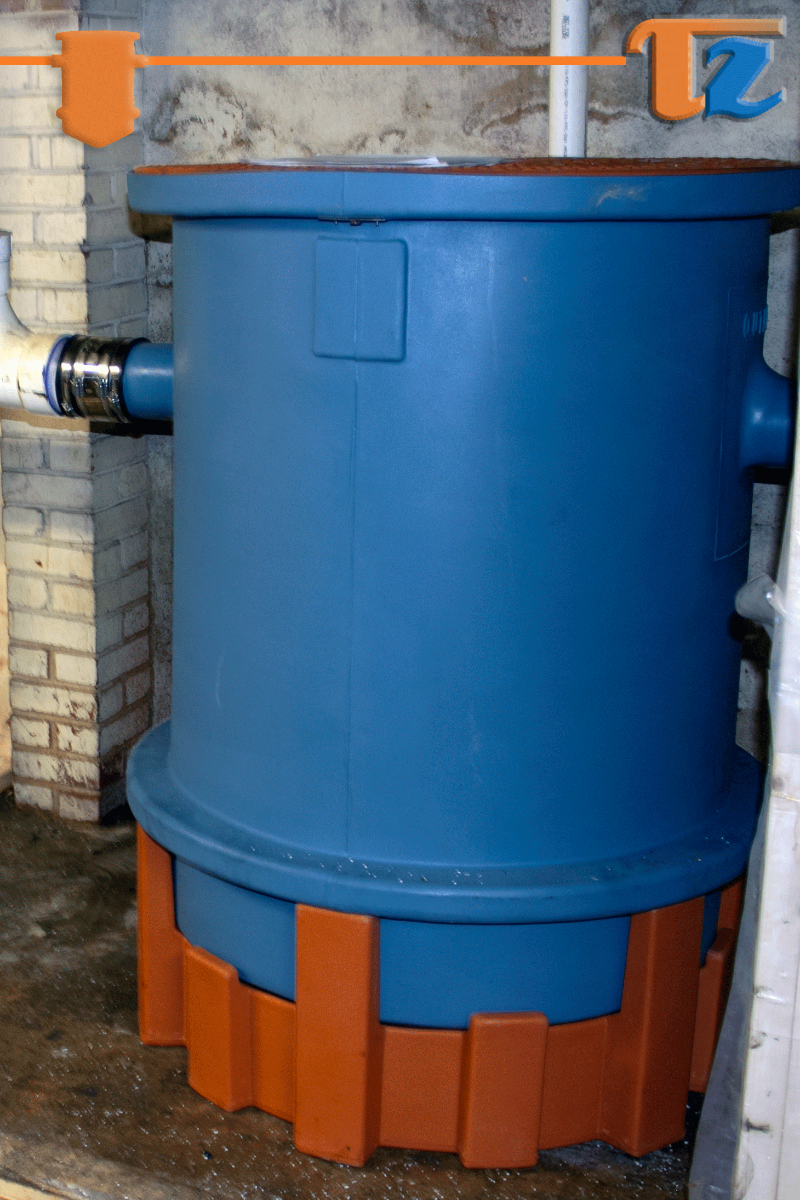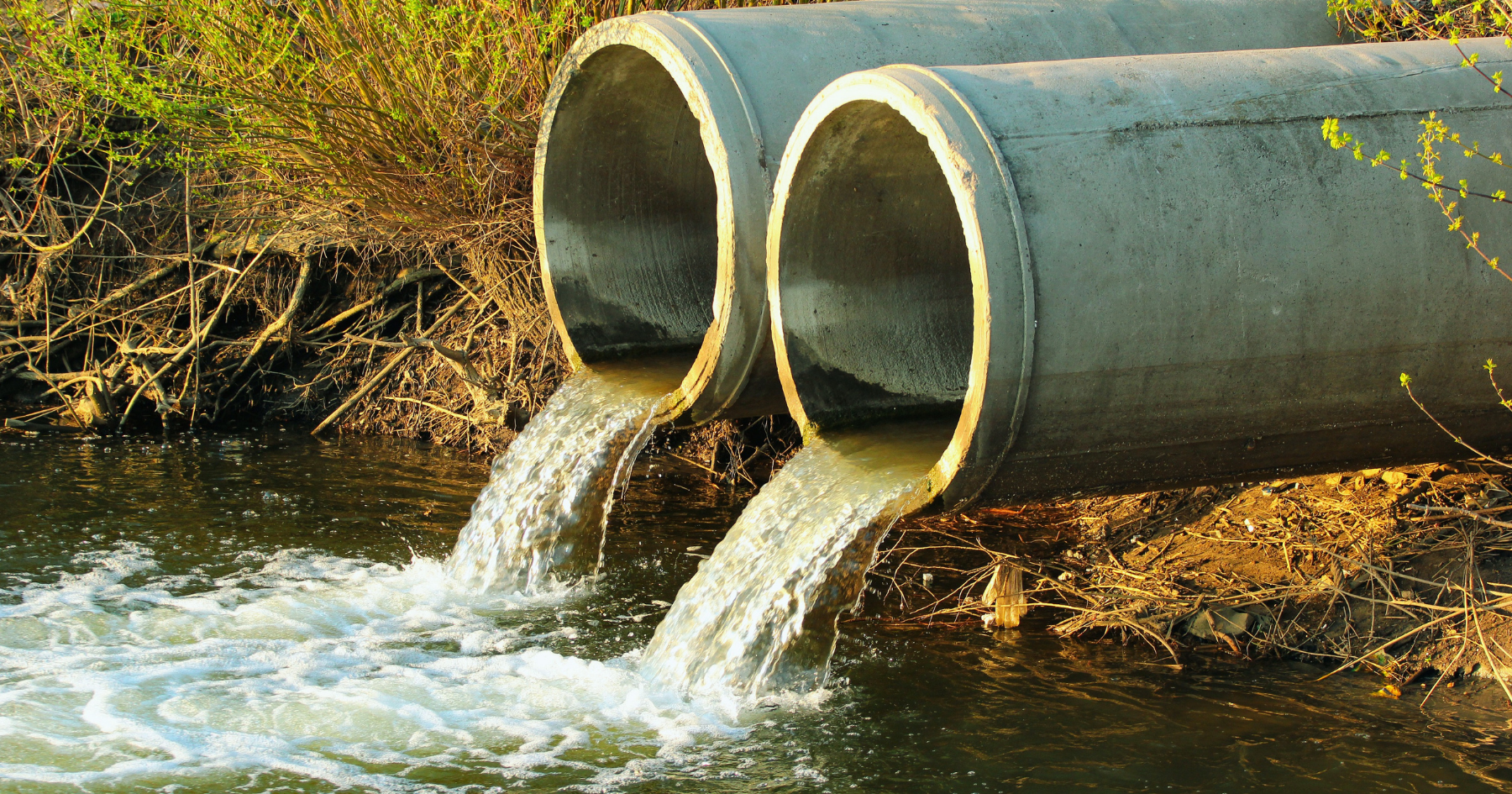How to Size a Grease Trap for a Commercial Kitchen
- Jan 10, 2022

Correctly estimating the size of a grease trap for your project is crucial to avoid overflows, backups, and unnecessary costs. It's not easy, however. Sizing methods many plumbing codes use tend to overestimate peak flow, dictating more capacity than really needed. Those codes are based on the assumption that all fixtures in a kitchen will simultaneously experience peak flow.
The reality is much different:
a. A building’s potable water supply can’t support all the simultaneous peak flow rates.
b. All the fixtures, therefore, can’t be used at peak rates at the same time.
c. Only store-and-release fixtures such as multi-compartment sinks ever produce peak flows.
Using Our Sizing Calculator
If you're considering a Trapzilla and/or Big Dipper unit for your project, you're life just got much easier. Click here to use our online Sizing Tool, which lets you enter sink dimensions and a few other specs to get precise recommendations for the job.
Doing Some Simple Math
Thermaco’s experience in thousands of commercial kitchens and real-world data collected from those facilities has resulted in a method to safely and accurately determine grease trap size requirements.
1. Estimate the real peak flow from fixtures that need a grease trap or grease interceptor.
2. Install the next larger-sized grease trap based on the real peak.
You will likely face one of two scenarios. Either the grease trap will be plumbed to a single unit (usually in smaller kitchens), or it will be plumbed in line to handle multiple fixtures (for larger facilities).
Sizing for Single-Fixture Plumbing

For kitchens where the grease trap only needs to intercept flows from one fixture, such as a multi-compartment sink, simply use the manufacturer’s peak flow rate to determine the grease trap capacity.
This Trapzilla sizing sheet contains flow rate data for common single-fixture installation scenarios. For single-fixture point-source installations, this Big Dipper sizing sheet (metric version) has common flow rates.
In all cases, the next largest unit should be chosen based on those flow rates. Never install a grease interceptor rated for a lower rate than the peak flow rate you’ve calculated.
Sizing for Multi-Fixture Plumbing
Mult-fixture installations are more complicated. Because these fixtures will never simultaneously reach peak flows, simply adding up peak flow rates can result in oversized grease traps.
The key is to account for all the fixtures that could send effluent to the grease trap. Then, adjust the combined peak flow rates in a realistic fashion. The equation works as follows:
Number of the particular type of fixture (ex. floor drains)
x Manufacturer’s peak flow rate per fixture
x Averaging multiplier
= Peak flow for that fixture

This calculation should be performed for each type of fixture in the kitchen that needs to be served. For examples of this calculation, including averaging multipliers, see our Big Dipper sizing sheet (metric) or Trapzilla sizing sheet.
Managing solids and longer distances
In situations where a lot of solids enter the wastewater, we recommend adding a solids strainer to ensure the grease interceptor operates at maximum efficiency.
If the grease trap or point-source grease interceptor is installed more than 6 feet (1.95 m) from the fixture, we also recommend a Vented Flow Control Assembly to control flow rates at higher pressures.
If you have questions, please contact us. Our experienced technicians and engineers are always willing to consult with you.








